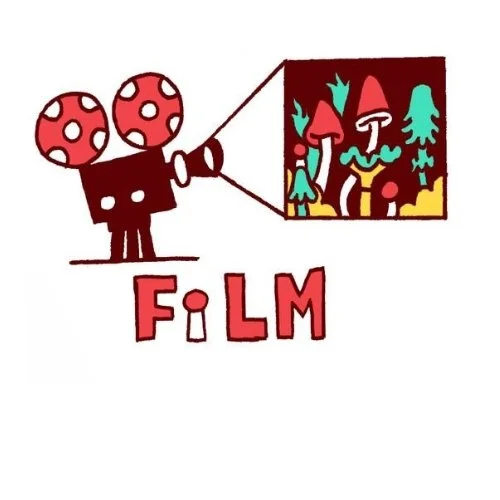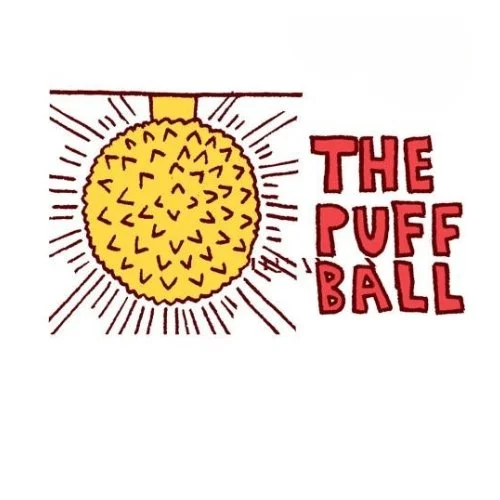Never munch on a hunch!
Only ever consume a wild fungus if you are absolutely certain of its identification. It could be rare and protected, inedible or even deadly poisonous. Use reference books to identify them. Fungi can be notoriously difficult to identify, so if you're unsure it's best to leave it.
Leave plenty behind
Forage carefully to leave enough for wildlife to eat and to ensure the fungi can regenerate and reproduce. Only take mushrooms that have opened their caps (so are likely to have dropped their spores).
Minimise damage
Follow the Countryside Code.
Only collect from plentiful populations and never from rare species.
Be careful not to trample or damage the areas you are collecting from and never collect in a Site of Special Scientific Interest (SSSI).
Don’t break the law!
It is illegal to dig up or remove fungi without permission from the landowner or occupier.
All wild fungi are protected under the Wildlife and Countryside Act (1981) and some - such as wild Lion’s Mane - are so rare that they must never be picked or cut.
So-called ‘magic mushrooms’ (those species that contain the chemical psilocybin) are categorised as a class A drug in the UK, with the maximum penalty for possession being up to seven years in prison, an unlimited fine, or both.
Further advice and information
British Mycological Society www.britmycolsoc.org.uk
Woodland Trust www.woodlandtrust.org.uk
Countryside Code publishing.service.gov.uk
Wildlife & Countryside Act www.legislation.gov.uk/
Scottish Wild Mushroom Code cairngorms.co.uk







